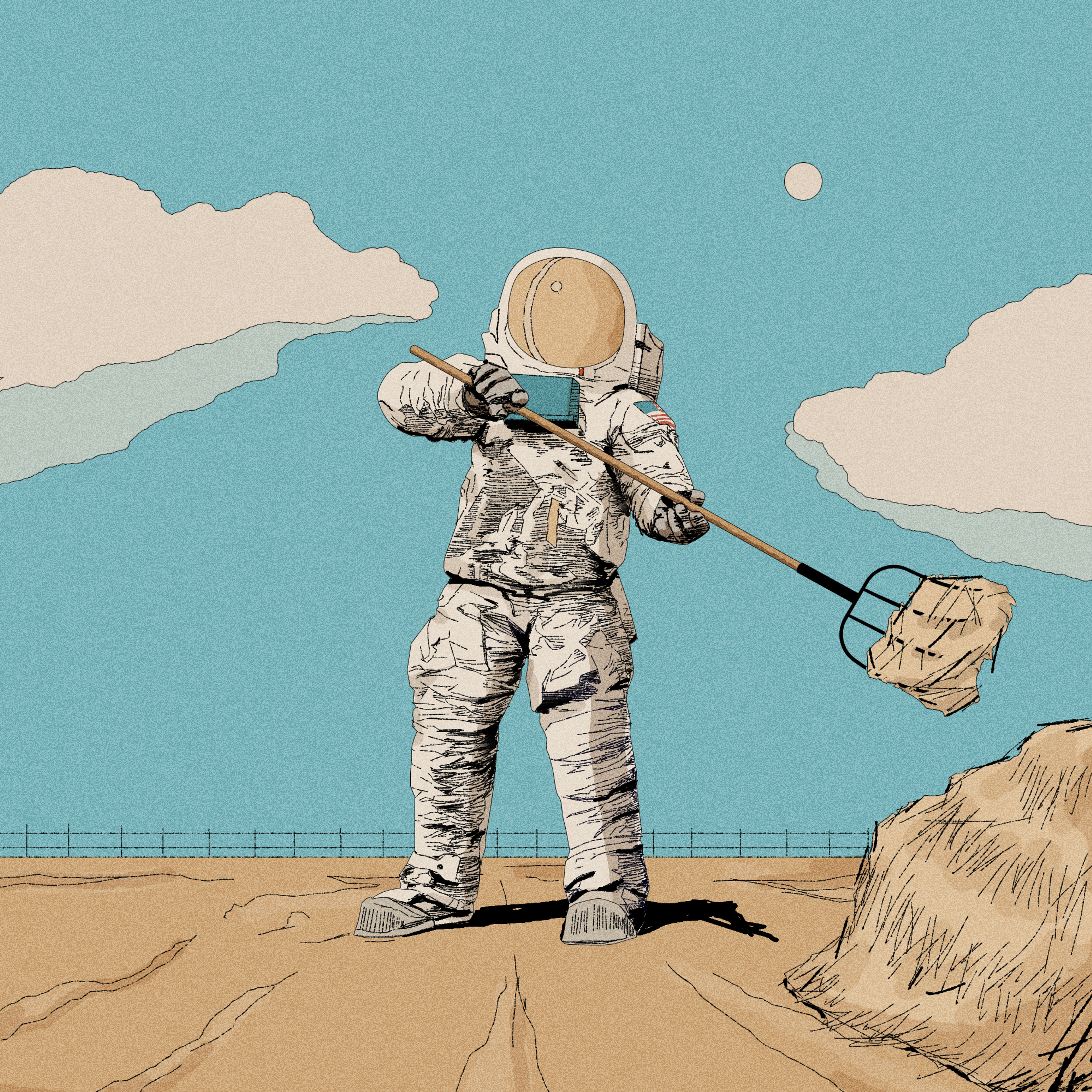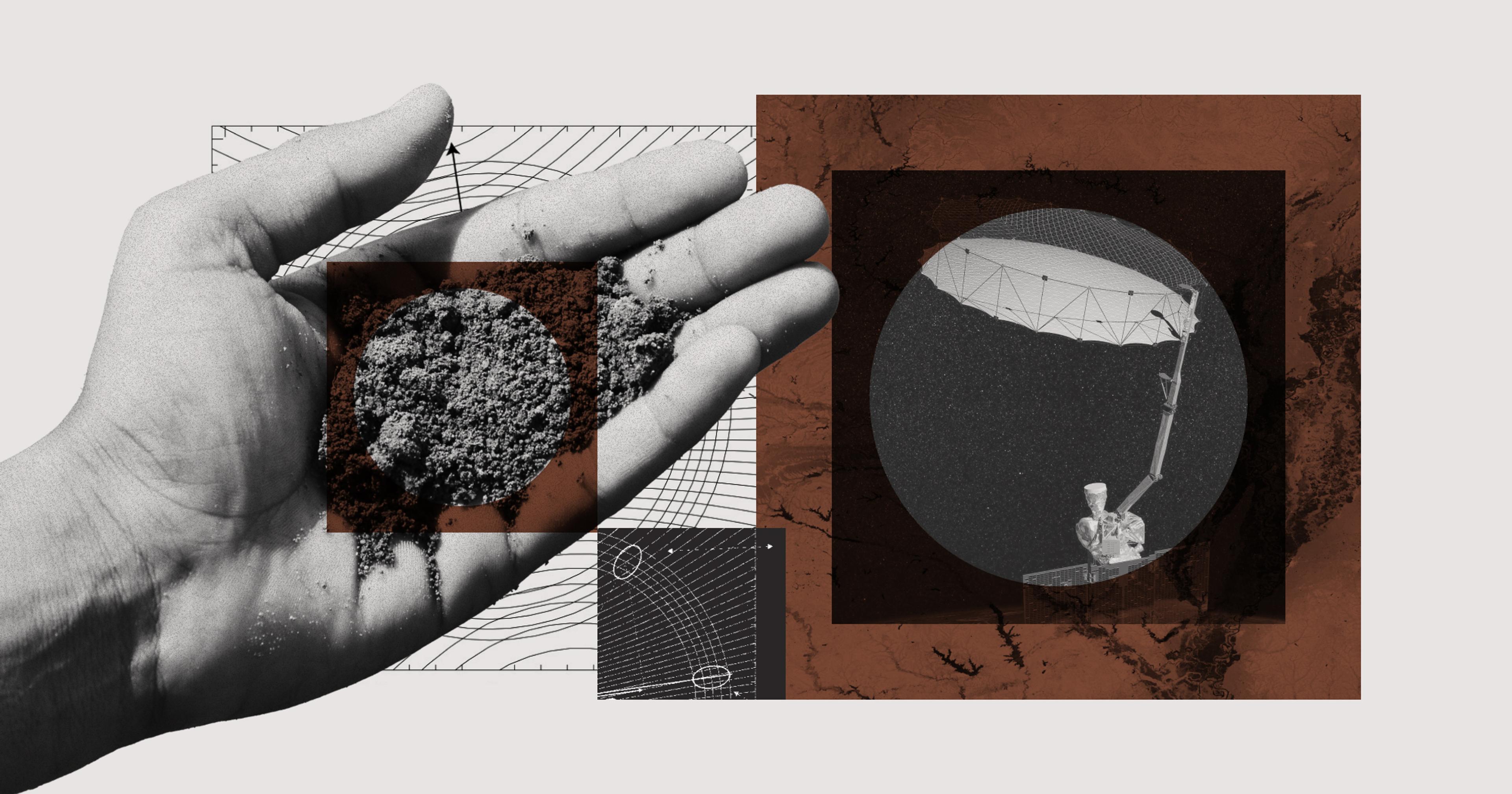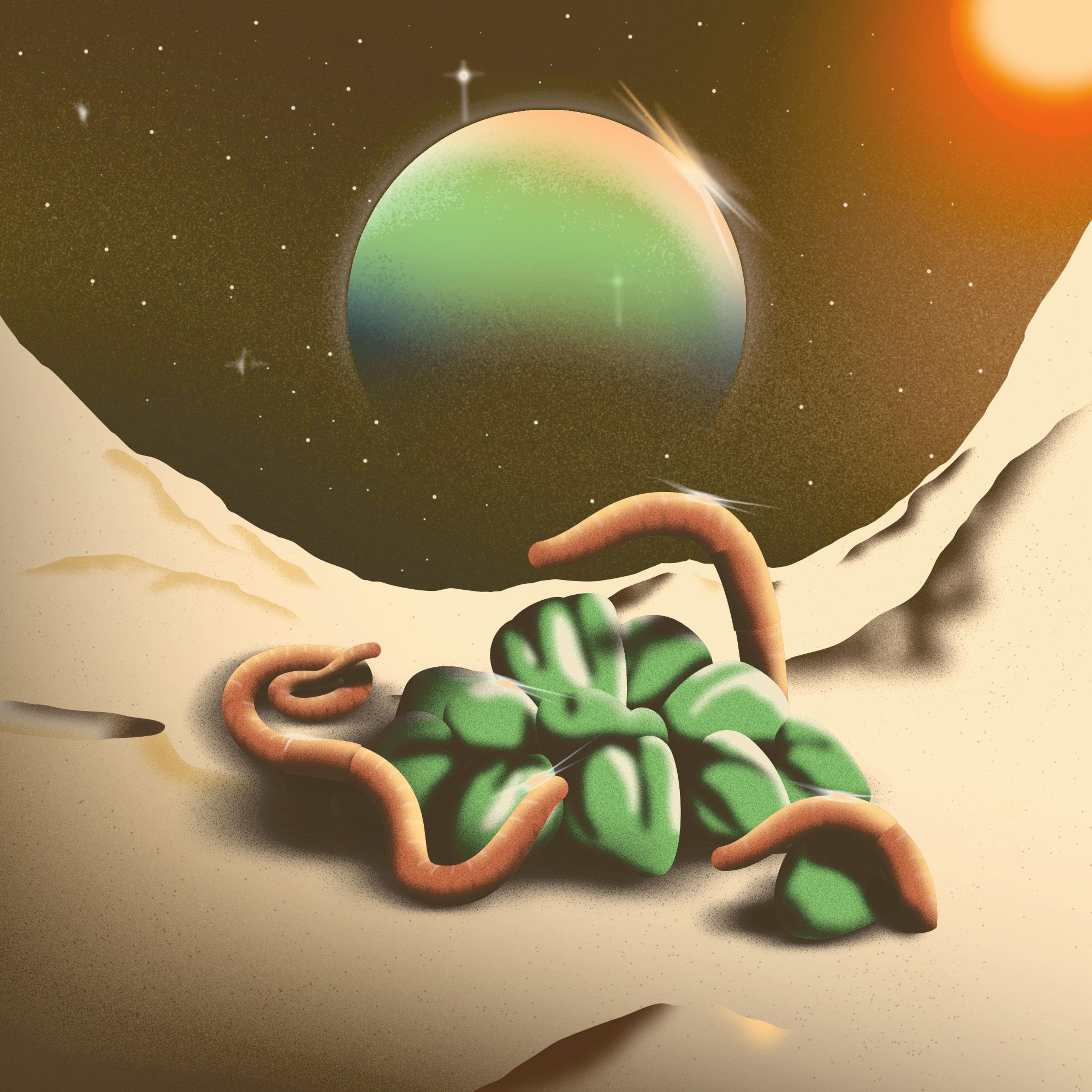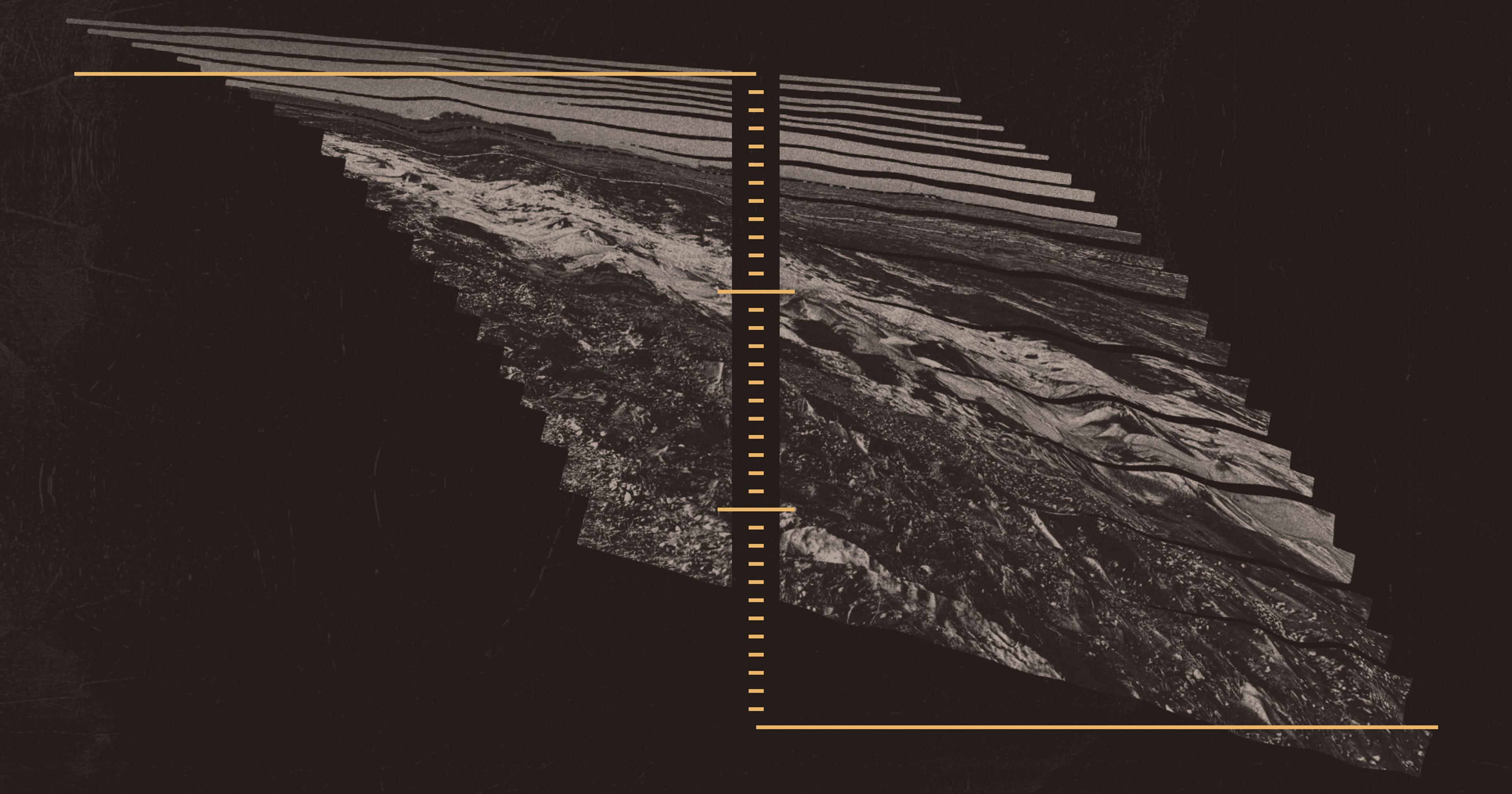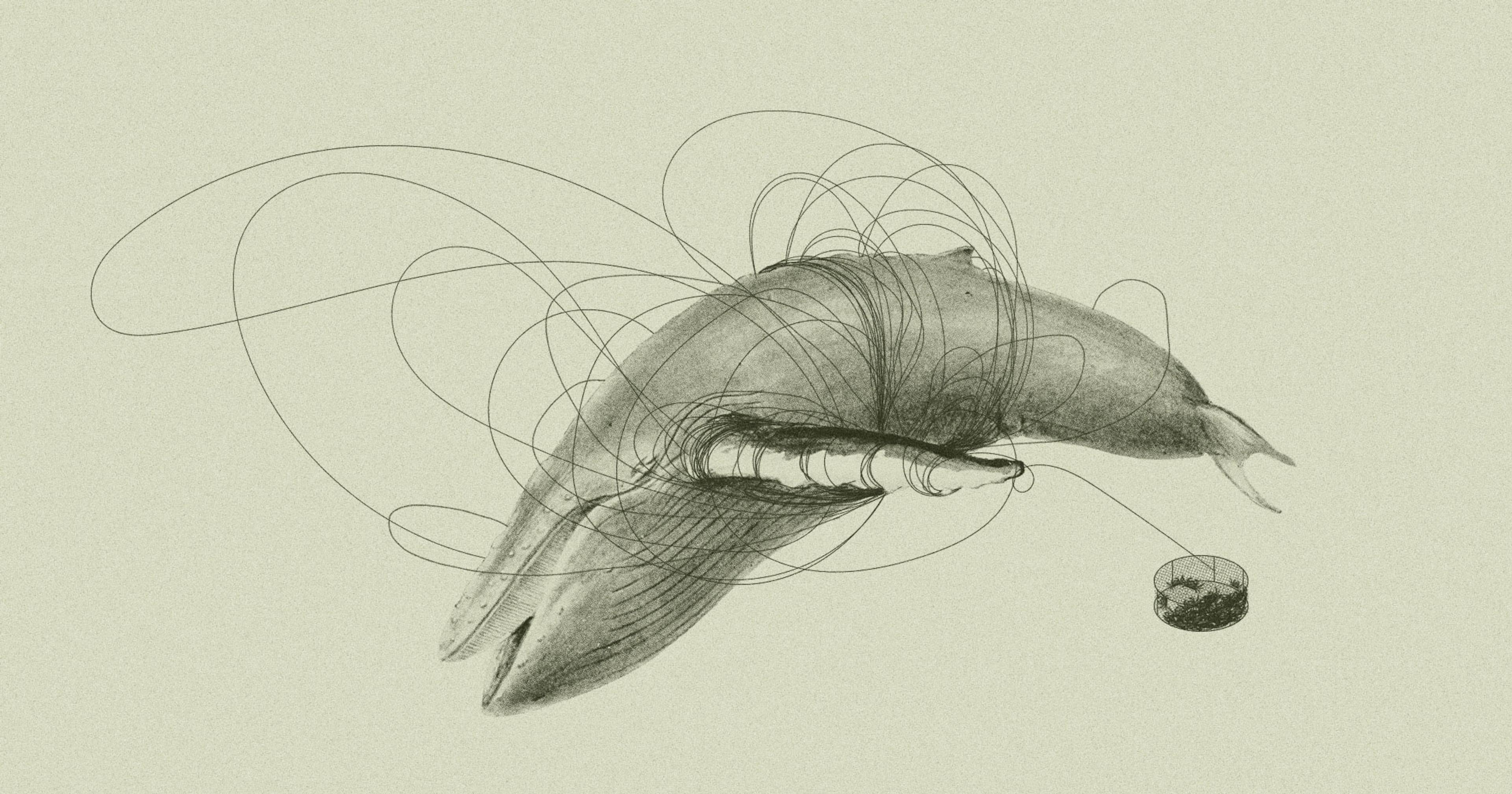The space agency has a little-known agricultural arm that uses data from space to help solve problems on Earth. But they need to meet more farmers.
Lance Lilibridge got the call less than 24 hours after a derecho — a widespread windstorm — decimated much of northern Iowa in August 2020. If the winds had reached just five miles further north, Lilibridge’s home and crops would have been flattened. He was cleaning up what remained of his neighbor’s house when the phone rang.
Iowa Corn Growers Association was on the line, passing on a request from none other than NASA. They wanted pictures of the damaged crops.
“What does NASA want with pictures of wind-blown corn?” Lilibridge recalls asking. Turns out they were tracking the crop damage by comparing photos from the ground to satellite images above. That was enough to win him over. Lilibridge took out his phone and started snapping.
Contrary to popular belief, NASA is not just in the business of stargazing and Mars missions. In addition to their satellites that keep tabs on the cosmos, the space agency mans an entire fleet of Earth-facing satellites. These orbiting instruments collect enormous amounts of data on water cycles, weather patterns, vegetation, nitrogen content, and much more. The data NASA can record from these satellites has become so specific that it can weigh in on farm-level decisions.
That’s the whole purpose of NASA Acres, a sub-agency of NASA designed to use satellite data to help U.S. farmers make sustainable decisions and be more profitable. And through their ambassador program called FIAT — Farmer Innovation Ambassador Team — NASA Acres is recruiting farmers like Lilibridge to weigh in on the problems that need solving and to spread the word: NASA can help. The space agency is leveraging 50 years of satellite and data science to help any farmers willing to join in.
“FIAT is designed to be this partnership,” said Alyssa Whitcraft, director of NASA Acres. We want to “bring the value of satellite data down to earth and take everything NASA can do and use it to help farmers positively impact profitability.”
NASA can offer farmers data on how vegetation is growing, water usage, the amount of nitrogen taken up into the canopy, yield changes over time, and the impact of different types of tillage, just to name a few. They’re already supplying data to critical agriculture services like the U.S. Drought Monitor. And soon, they hope to be able to offer data on disease detection. These insights could help farmers minimize fertilizer costs, choose more profitable planting windows, time harvest, stop disease spread, or weigh the costs of management changes.
But most importantly, how the data gets used and applied is entirely up to farmers, Whitcraft said. Farmers identify the challenges — NASA Acres supplies the information to help with a solution.
“Every single time we walk into a room, there’s a mixture of excitement, ‘Oh gosh, NASA is here,’ or skepticism, ‘Why is the federal government here?”
“We want to build this together,” said Ignacio Ciampitti, professor of agronomy at Purdue University and co-director of the FIAT program. “We don’t want to play the game of assuming what they need, we want them to tell us what they need to be more effective.”
And farmer partnership is essential to making practical use of NASA Acre’s agricultural data. While NASA satellites collect tons of information over time, that data holds very little meaning if it isn’t connected to data on the ground — like Lilibridge’s crop damage photos. For every tool NASA Acres builds, they use a farmer’s on-the-ground images and measurements as reference points for the data from above.
In the arid regions of western Kansas, for example, NASA has satellite estimates of water used on crops. To compare, farmers have moisture probes — which measure water depletion in the soil — in their cornfields. With data from a few moisture probes as their key, NASA Acres can then estimate the water availability and usage across the whole operation based on the satellite data. This helps farmers make better decisions on when and how long to irrigate, Ciampitti said.
Similarly, in Oregon and Idaho, cattle and sheep ranchers penning their livestock at night to protect from predators were concerned that the nightly confinement was wearing down the rangelands. They shared their penning schedule and locations with NASA Acres researcher and NASA DEVELOP science advisor Tony Vorster. Vorster paired rancher information with satellite data measuring the vegetation to see if night penning was costing the ranchers valuable grass. So far, the rangeland appears to be holding up to overnighting cattle. Ranchers can keep their animals and their feed supply.
And the great thing about satellite data, Whitcraft said, is once researchers and farmers work together to make the on-the-ground connection, NASA Acres has years and years of data to look back on. Not only could farmers see where their operation is today, but they can compare it to years passed or see it change over time. That kind of data is invaluable as farmers attempt to plan for the future.
Spreading the Word
NASA Acres has lots to offer farmers, but one of its biggest barriers is that farmers don’t know about it. Most people don’t think NASA and agriculture have any overlap — at least on Earth.
But that couldn’t be further from the truth, Whitcraft said. NASA has been using its space vantage point to help with agriculture since 1972. The difference now, is that the satellite data has gotten a lot better and there are more ways it can be useful, she said.
So, the second purpose of FIAT — on top of helping NASA collect and apply data to solve problems — is to help the space agency spread the word and build trust in farming communities.
Dwane Roth, a water conservation advocate and retired farmer in Western Kansas, tells everyone he can, “I work with NASA.” So far, he’s only gotten positive feedback. “Everybody loves NASA. American farmers are patriotic — NASA is the definition of patriotic,” he said. But most have no clue that the agency works with agriculture. ”That’s where the ambassador program comes in,” he said.
In Whitcraft’s experience, not everyone responds with the same enthusiasm. “Every single time we walk into a room, there’s a mixture of excitement, ‘Oh gosh, NASA is here,’ or skepticism, ‘Why is the federal government here?” she said.
NASA isn’t in the business of surveilling farmers, enforcing compliance, or making a profit off of farmer data.
In Iowa, Lilibridge has experienced the same thing. People always think his affiliation with NASA is cool and even want to get involved. “But when I say we have to share our data, they say, “Oh, I’m not sure. What do they want?’” he told Offrange.
“We want to show all the cool stuff we can do, but we also want [farmers] to know we are non-regulatory,” Whitcraft said. NASA isn’t in the business of surveilling farmers, enforcing compliance, or making a profit off of farmer data. Much of the FIAT ambassador’s role is to get that message across.
Farmers have a right to be wary. Big Ag players have been leveraging farmer data to maximize their own profits for years. “There’s so much industry mining our data and taking advantage of us that it makes farmers really reluctant,” Lilibridge said. But he is adamant that sharing data with NASA is different giving it away to a corporation.
That’s because, ultimately, the tools built by NASA Acres will be open — built with farmers and handed over to any farmer that needs them. When a Colorado farmer reached out to NASA Acres and their U.S. Geological Survey partners, asking if her drought-stricken winter wheat crop was worth harvesting, they sent her satellite data measuring vegetation density on the crop fields compared to previous years — hers, free to use, Whitcraft said. NASA Acres researchers also developed a tool to help farmers in Illinois optimize nitrogen input based on their region and prices, again — free to any farmer who needs it.
That’s why Lilibridge is all in. “There’s so much wrong in ag,” Lilibridge said, “but this is one spot where I think farmers can regain some control and benefit.”

